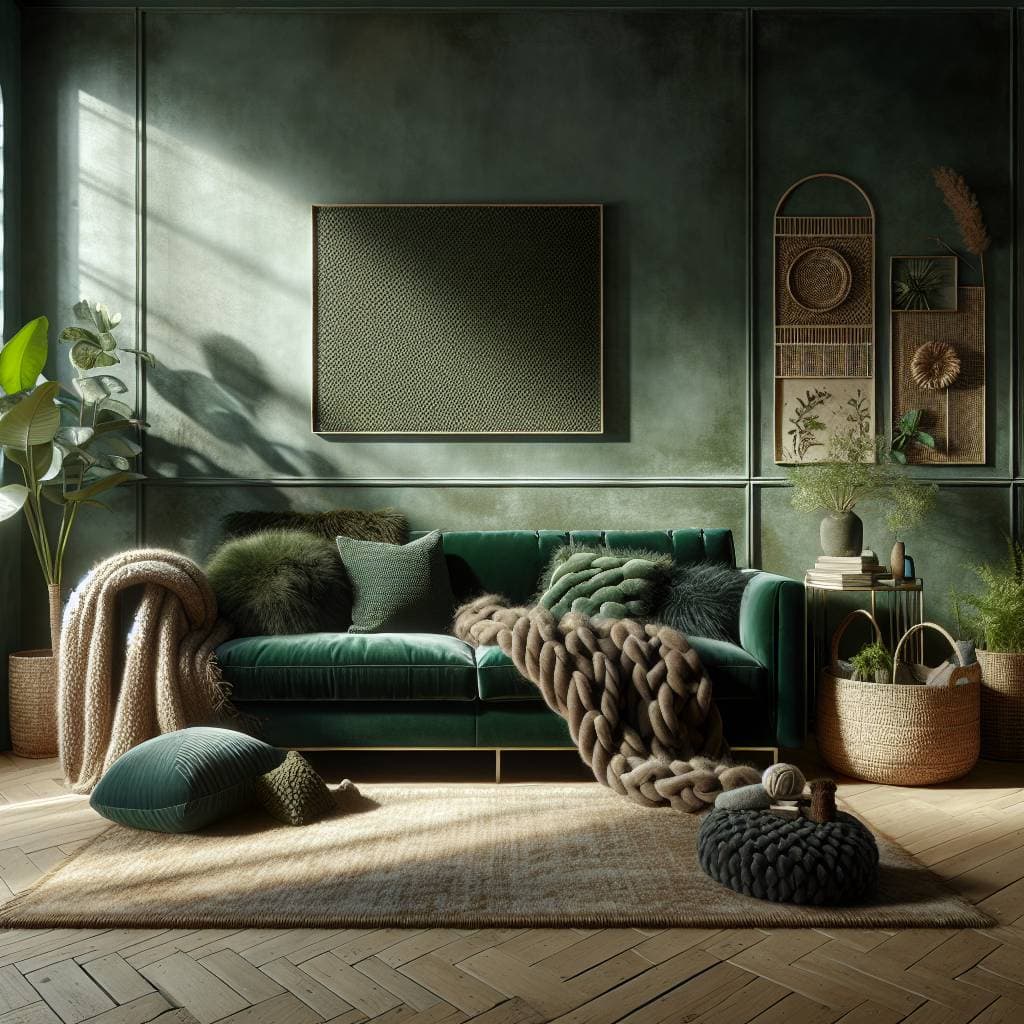I once lived in an apartment that felt more like a waiting room—sterile, devoid of any life, an ode to the art of monotony. Every surface was as smooth and lifeless as a plastic doll’s house. I was the proud owner of a couch that looked like it could be on display in a furniture showroom, with all the charm of an overused sales pitch. But sit on it, and you’d discover it had the warmth of a fridge door. That’s when I learned the hard way that texture isn’t just a buzzword for design snobs; it’s the secret sauce that turns your space from a cardboard box into a living, breathing entity.

So here’s the deal. We’re diving headfirst into the world of tactile design, where cozy textiles and soft rugs aren’t just accessories—they’re lifelines. I’ll walk you through the magic of natural fibers and how they can transform your home into a haven of touchable delight. Forget the jargon and stiff catalog descriptions; we’re here to explore how adding the right textures can shift the atmosphere of a room from clinical to cocoon-like. Grab your imagination, and let’s start weaving the ordinary into something extraordinary.
Table of Contents
When My Living Room Became a Tactile Wonderland: A Tale of Rugs and Regret
There was a time when my living room was nothing more than a drab expanse of beige despair. It was a canvas without color, a song without melody. I was living in a cardboard box of my own making, cursed by the monotony of smooth surfaces and sterile, lifeless materials. Then came the epiphany—an explosion of textures that transformed my mundane space into a tactile wonderland. You see, it all started with a rug. Not just any rug, but a sumptuous blend of natural fibers that whispered of distant lands and whispered stories beneath my feet. It was a revelation, a gateway to a world where design wasn’t just seen; it was felt.
But, oh, the learning curve. In my fervor to embrace the soft, the cozy, the inviting, I may have gone a touch too far. Like a kid in a candy store, I overwhelmed my senses. Fluffy throws draped over every surface, pillows with textures so varied they could’ve been artifacts from a tactile museum. My living room was a playground for the fingertips, a place where every step was a new sensation. Yet, amidst this haven of haptic delights, I learned a lesson in restraint. Sometimes, less is more. The trick was to balance this newfound love for texture with a discerning eye. Because what started as a journey to banish the bland could easily spiral into a chaotic symphony if not tempered. But, in that balance, I found joy—a space that was not only a feast for the eyes but a sanctuary for the soul.
The Whisper of Touch in Design
In the world of decor, texture is the soul’s way of speaking to the hands. It’s the soft embrace of a well-loved rug and the gentle caress of natural fibers that transform a house into a haven.
The Uncharted Territory of Texture
As I sit here, enveloped by the tactile symphony I’ve orchestrated, I can’t help but marvel at how something so simple—texture—could reshape the very essence of a room. My living room no longer whispers of factory monotony; it sings with the vibrant notes of individuality. Each fiber, each weave, tells a story, a testament to the artistry of nature and the brilliance of human hands intertwined. The soft embrace of a woolen rug, the intricate dance of a handwoven throw, these are the things that breathe life into space, elevating it from mere function to a sanctuary of warmth and imagination.
In a world that often feels like it’s been ironed flat, texture is the rebellion. It’s the daring splash of color in a black-and-white photograph, the unexpected twist in a familiar tune. It’s my silent protest against the sterile, the bland, the soulless. And as I look around my tactile wonderland, I feel a connection—not just to the materials, but to the people who crafted them, to the earth that birthed them, and to the home that now cradles them. In this journey, I’ve learned that texture doesn’t just change a room; it changes you. It invites you to slow down, to feel, to truly inhabit the spaces you call your own.


